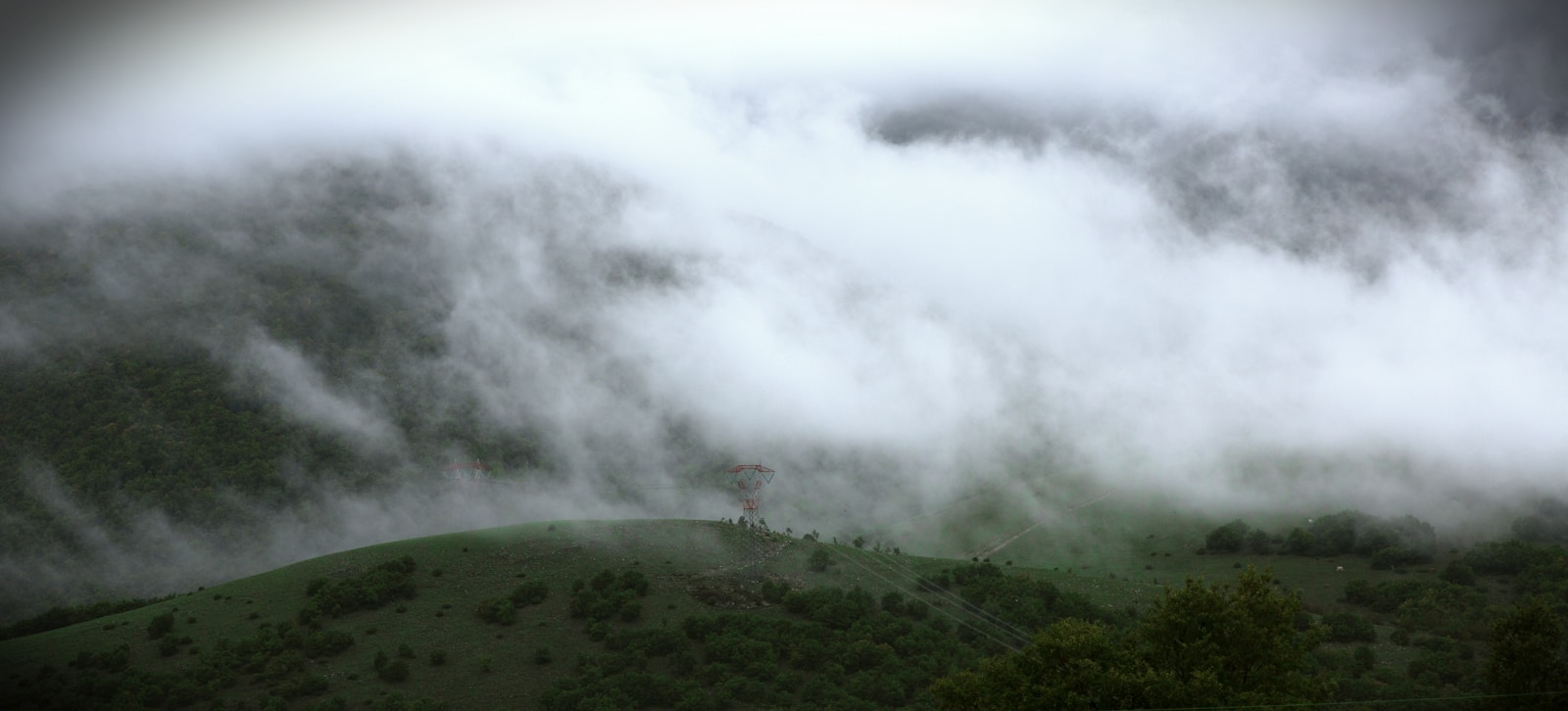
bruma

mist
The Spanish word 'bruma' refers to a natural phenomenon often seen in the early morning or at dusk. It is a thin veil of moisture in the air, close to the ground, that obscures visibility slightly. In English, this phenomenon is commonly referred to as 'mist'. It can give a landscape a dreamy or surreal appearance, and is often associated with cooler temperatures and humid environments.
Example sentences using: bruma
El sendero estaba oculto por la bruma.

The path was hidden by the mist.
This sentence uses 'bruma' to describe a visibility challenge while hiking or walking due to the presence of mist.
La bruma en la montaña es espesa hoy.

The fog on the mountain is thick today.
This sentence is illustrating the use of 'bruma' to describe a particular weather condition characterized by reduced visibility due to fog or mist.
Cuando amaneció, la bruma cubría el lago.

When dawn broke, mist covered the lake.
This example demonstrates the application of 'bruma' in setting a scenic interpretation, in this case, a misty lake at dawn.
La bruma matutina alivió mi mente.

The morning mist cleared my mind.
In this context, 'bruma' is used metaphorically to convey a particular feeling or sensation brought about by the morning mist.
A través de la bruma, pude ver su silueta.

Through the fog, I could see her silhouette.
This is an example where 'bruma' is used to set a mysterious or uncertain mood, by picturing a silhouette through the fog.
La bruma se levantó justo antes del anochecer.

The mist lifted just before dusk.
This sentence uses 'bruma' to denote a change in the weather condition, specifically the lifting of mist before the arrival of dusk.
Ella desapareció en la bruma.

She disappeared into the mist.
This phrase exemplifies the use of 'bruma' to describe an event where visibility is affected by the presence of mist or fog.
La bruma hizo que el bosque se viera misterioso.

The mist made the forest look mysterious.
In this instance, 'bruma' is deployed to create a particular scenario, making a forest appear mysterious due to the mist.
La bruma del mar acaricia la costa.

The sea mist caresses the coast.
This is an example of a metaphorical application of 'bruma', portraying the sea mist as if it was performing the act of caressing the coast.
Bajo la bruma, la ciudad parecía un cuadro impresionista.

Under the mist, the city looked like an impressionist painting.
In this sentence, the word 'bruma' is employed to compare the visibility of a city under mist with the style of an impressionist painting.